7 Things to Do in the French Countryside
While you’re in France, here are some ways to experience its wonder beyond Paris.
A land of treasures and memories awaits in France. Tread softly through former fields of battle. Roam lavender fields and legendary vineyards. Or take a slow-moving barge through the lands that inspired van Gogh and Cezanne. The sensory delights of the provinces offer countless ways to experience authentic France.
1. Fall in Love With Lavender
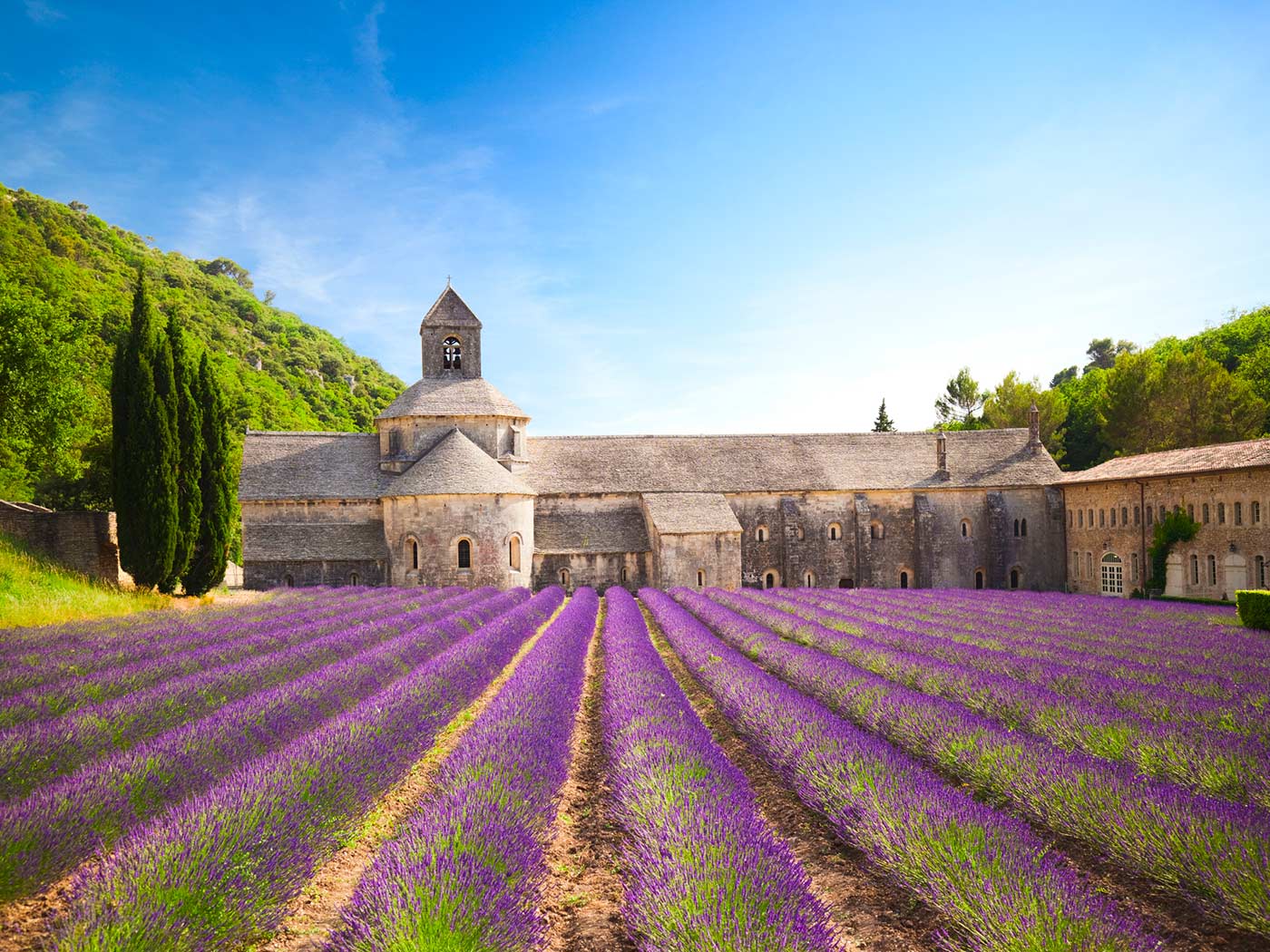 Senanque Abbey was built in 1178; the monks who live there grow lavender and tend honeybees for their livelihood.
iStock
Senanque Abbey was built in 1178; the monks who live there grow lavender and tend honeybees for their livelihood.
iStock
Each year beginning in late June, acres of deep-purple lavender carpet the fields of Provence. Top lavender-viewing spots include Senanque Abbey, where the flowers are tended by monks; the town of Sault, which holds a lavender festival each Aug. 15; and Riez, famed for its lavender honey.
Tip: Get up early, when the light is at its most sublime, to photograph Senanque Abbey’s lavender fields.
2. Barge Into Bliss
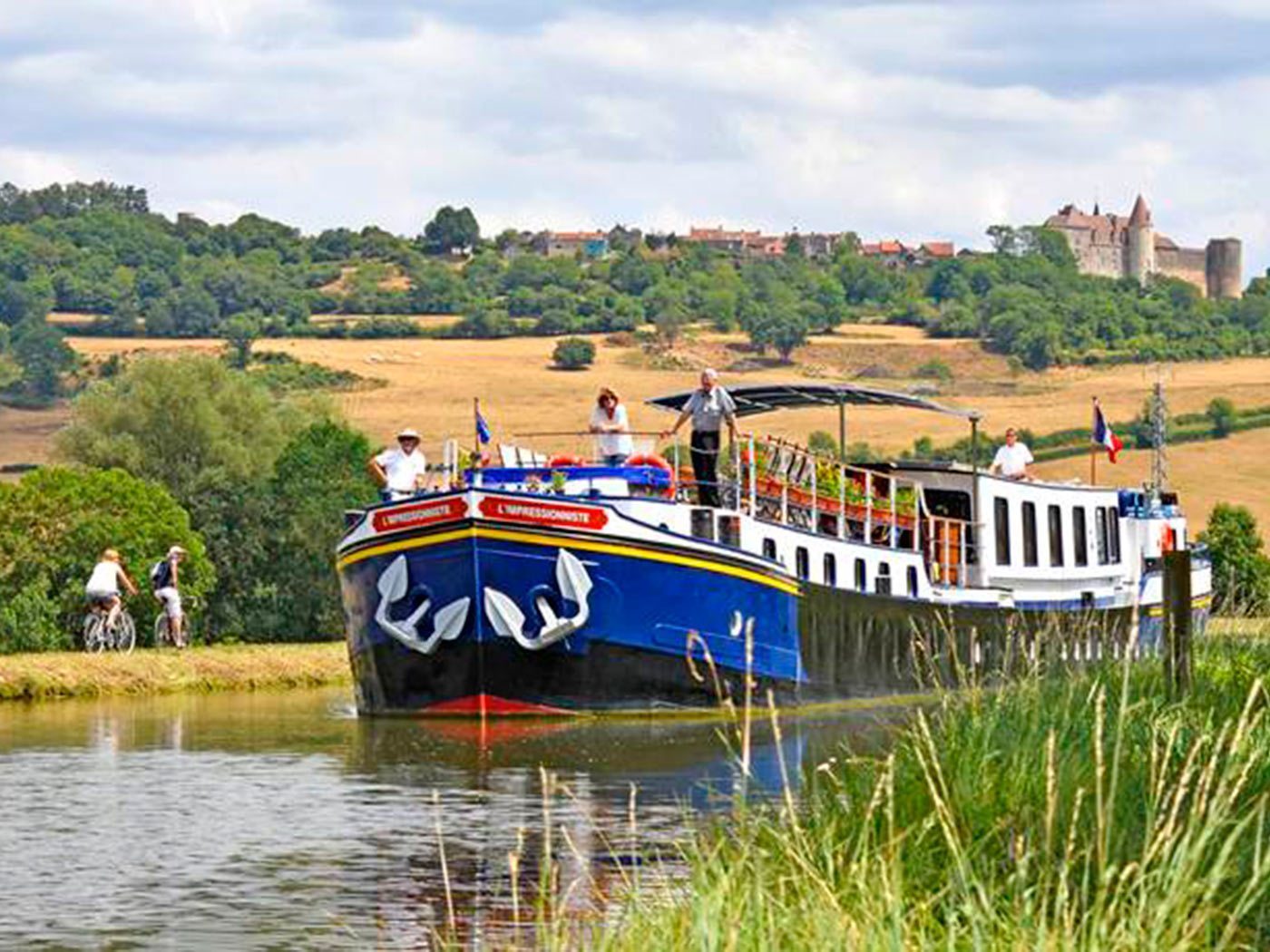 Passengers tour Burgundy on a barge.
Abercrombie & Kent
Passengers tour Burgundy on a barge.
Abercrombie & Kent
Cruising by barge allows you to enjoy a slower pace of travel and get a closer look at the landscape. These luxe vessels travel shallow waterways into the furthest reaches of France so cruisers can soak up the Burgundy countryside. As the craft drifts along, you’ll see St. Leger Sur Dheune and the vineyards of Montrachet.
Tip: Hop off the boat to enjoy a stroll or bike ride—most barges carry bicycles—before rejoining the boat downstream.
3. Roam With the Romans
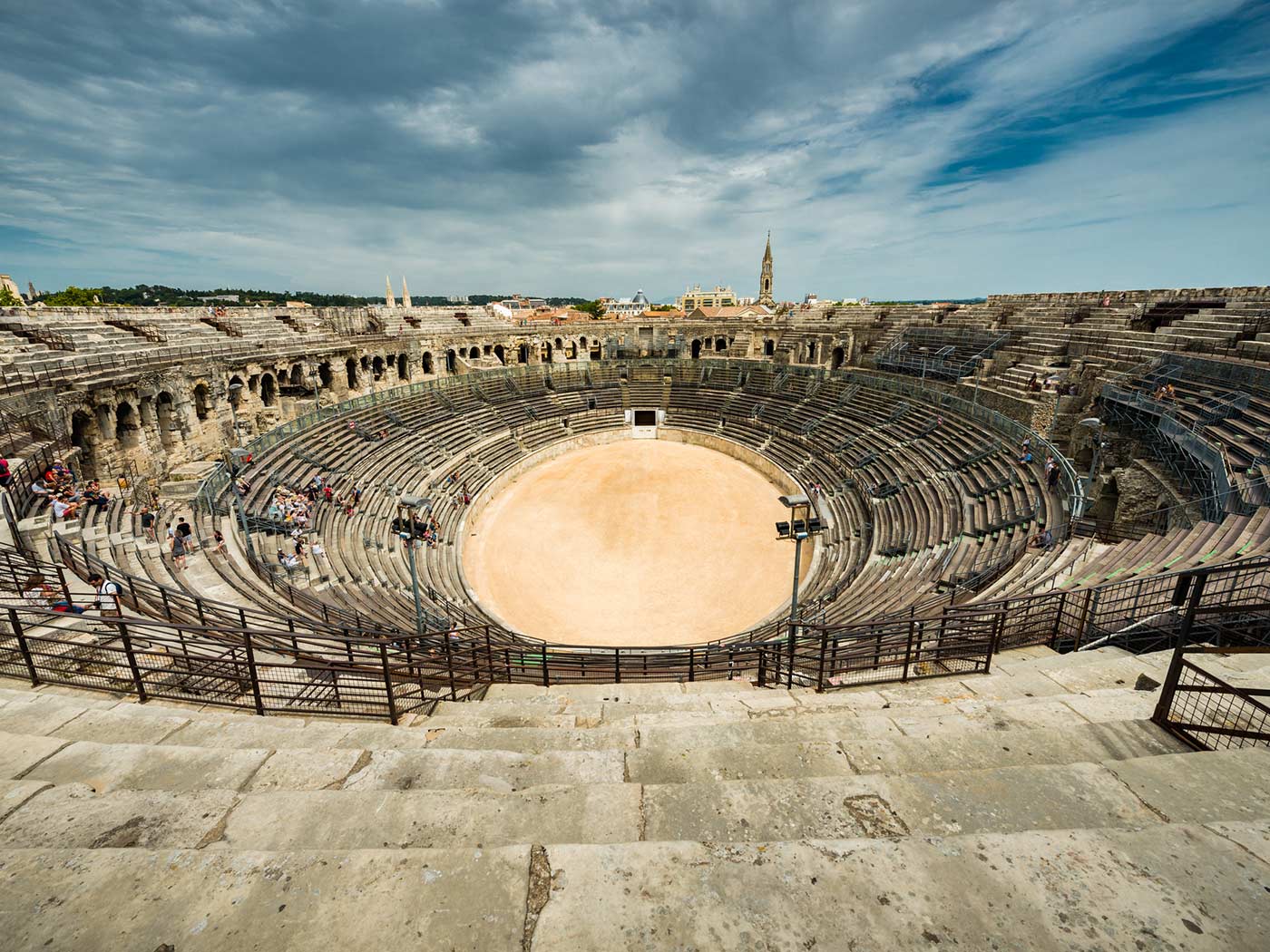 The Nimes Arena could seat up to 24,000 people in its 34 terraces.
iStock
The Nimes Arena could seat up to 24,000 people in its 34 terraces.
iStock
The Romans left many traces of their presence in this countryside. One of the world’s best-preserved Roman amphitheaters lies in Nimes, and at the Hotel d’Arlatan in Arles staff can show you the Roman ruins beneath the lobby’s glass floor.
Tip: Roman ruins are found all over France, but the southern part of France offers the largest concentration of ancient sites.
4. Eat, Drink and Be Gallic
 Flammekueche is traditionally served as a first course or an appetizer with a glass of chilled white wine.
iStock
Flammekueche is traditionally served as a first course or an appetizer with a glass of chilled white wine.
iStock
You can stick to France’s most familiar fare: baguettes, boeuf bourguignon, etc. But delicious regional specialties await the adventurous. In Lyon, try the quenelles de brochet (fish dumplings traditionally made with pike from local streams); meanwhile, travelers to the Alsace region will find flammekueche, a hearty bacon-and-onion tart topped with creme fraiche. All are best accompanied by a glass of incomparable French wine: Burgundy in Burgundy, Beaujolais in Beaujolais and so on.
Tip: Your bread will likely be served sans butter in most restaurants. The French prefer to eat theirs plain or with olive oil.
5. Explore a Magic Kingdom
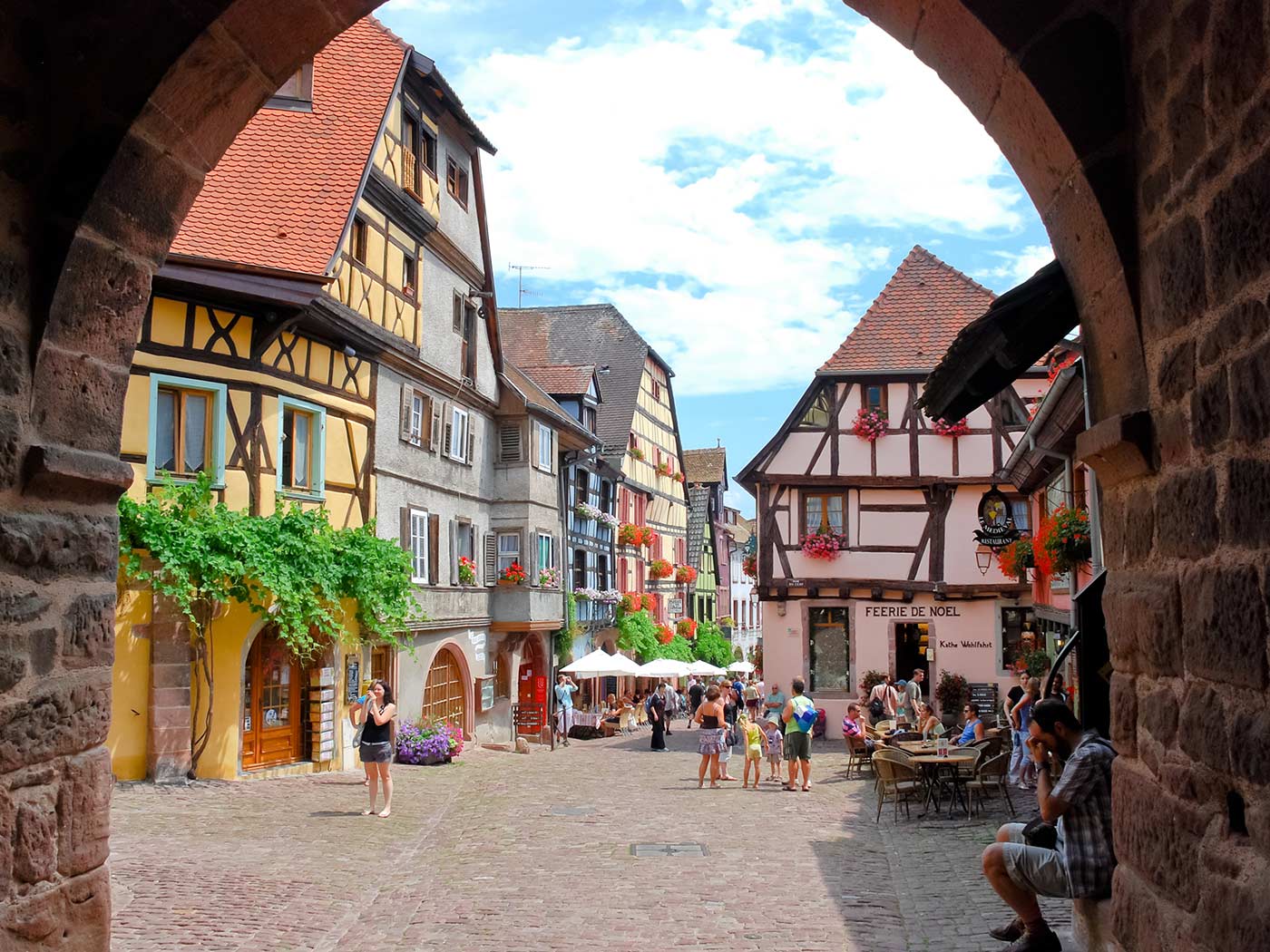 Riquewihr is known for the Riesling produced in the village.
iStock
Riquewihr is known for the Riesling produced in the village.
iStock
So many picturesque castles, villages and gardens abound in France that travelers may think they’ve stepped into a fairy tale. This is the country of Charles Perrault, author of the versions of Cinderella and The Sleeping Beauty that most people heard as children. It’s said that Perrault drew inspiration from sites such as Chateau d’Usse, a 15th-century castle where visitors can wander into the bedchamber, gape at the dungeon and stroll through the terraced gardens. Meanwhile, in Riquewihr, look for basket-bearing little girls in red cloaks (Little Red Riding Hood is another Perrault creation).
Tip: The Loire Valley is home to many spectacular chateaux, including Chateau d’Usse and Chateau Royal d’Amboise.
Interested in more European storybook travels? Read about 6 more fairytale destinations.
Read More6. Relax in Aix
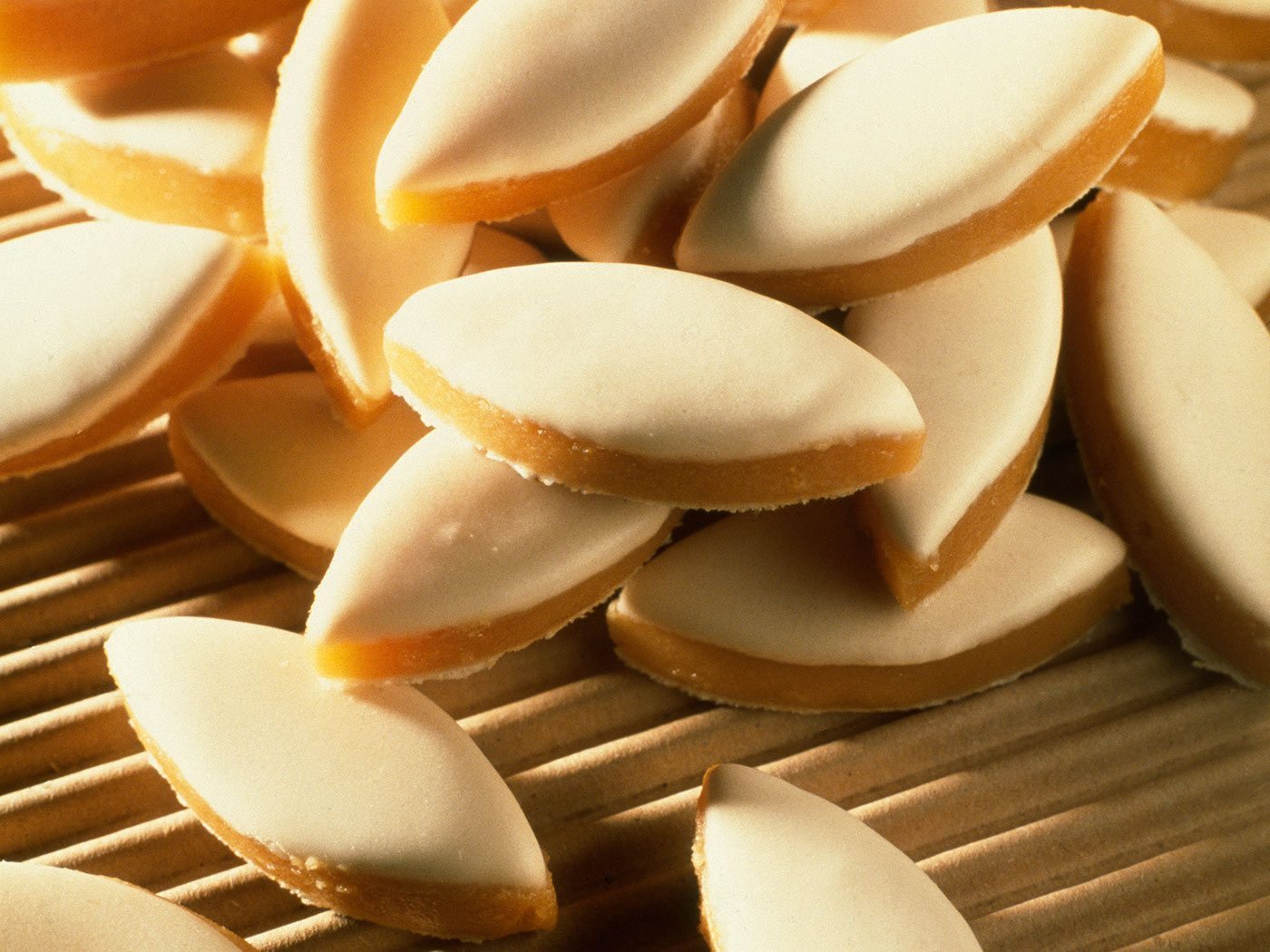 Most of the world’s supply of calissons are still made in Provence.
Masterfile
Most of the world’s supply of calissons are still made in Provence.
Masterfile
Sun-drenched Aix-en-Provence is a wonderful place for self-indulgence. Painter Paul Cezanne was born here and spent the latter part of his life capturing its landscapes at his studio in Aix. A ride on the petit train touristique takes passengers on an hourlong tour, and visitors can stroll to Thermes Sextius spa to bathe in the hot springs or wander the open-air markets.
Tip: Try Aix’s most famous delicacy—the iced calisson.
7. Pay Tribute
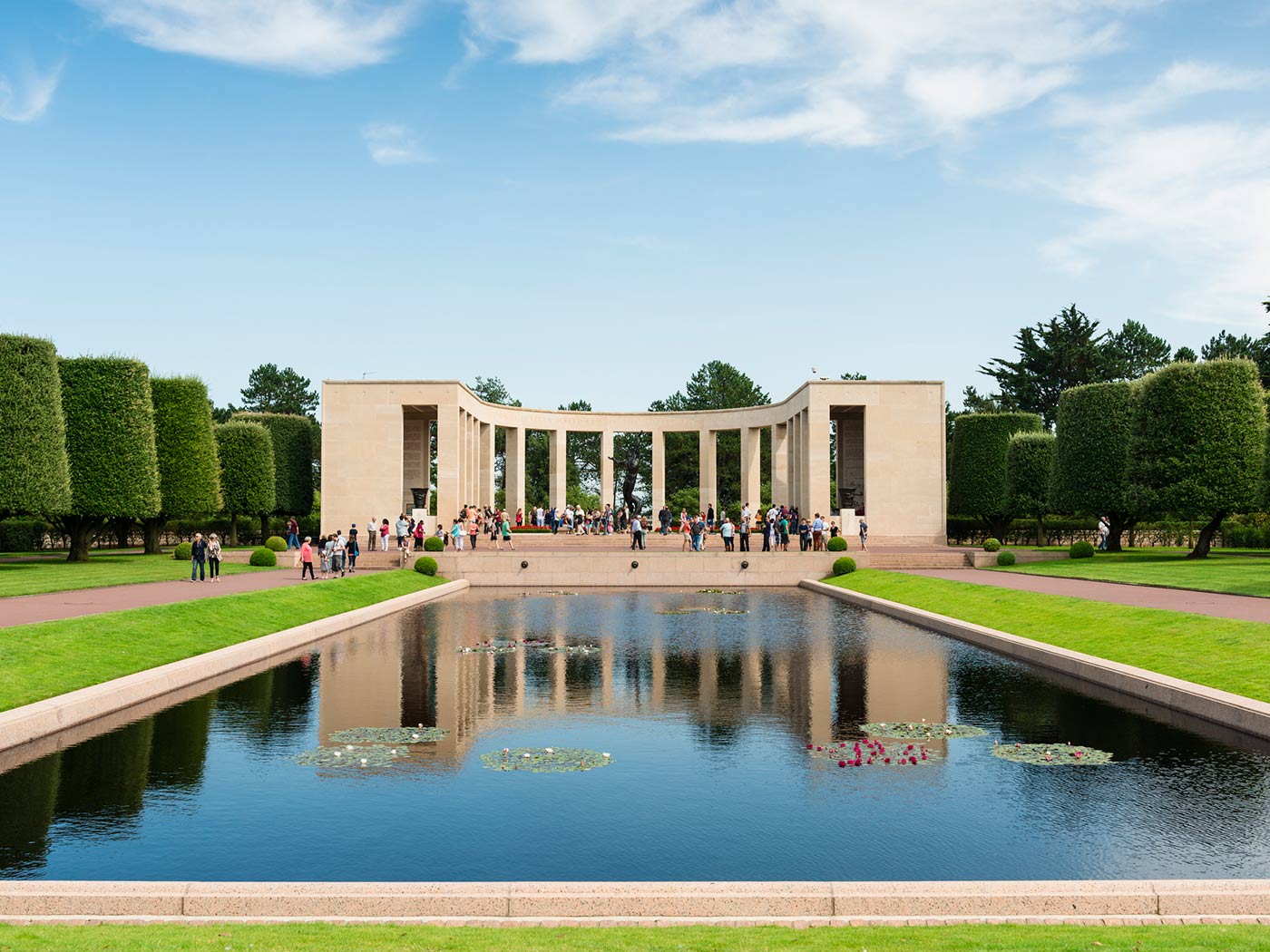 A sealed time capsule with news reports of the June 6, 1944, Normandy landings is embedded in the lawn of the Normandy American Cemetery. Its pink granite slab cover is engraved with the inscription “To be opened June 6, 2044.”
iStock
A sealed time capsule with news reports of the June 6, 1944, Normandy landings is embedded in the lawn of the Normandy American Cemetery. Its pink granite slab cover is engraved with the inscription “To be opened June 6, 2044.”
iStock
Normandy’s green fields make it hard to imagine the battles that took place under its placid skies seven decades ago. Visit Omaha Beach, where Allied forces struggled ashore. At the Normandy American Cemetery and Memorial, you can walk the cliff tops Allied soldiers reached, and in Cherbourg, the Musee de la Liberation fascinates with historical displays housed in a former German stronghold.
Tip: Visit the village of Sainte-Mere-Eglise’s church. The steeple caught American airman John Steele by his parachute during the D-Day invasion.